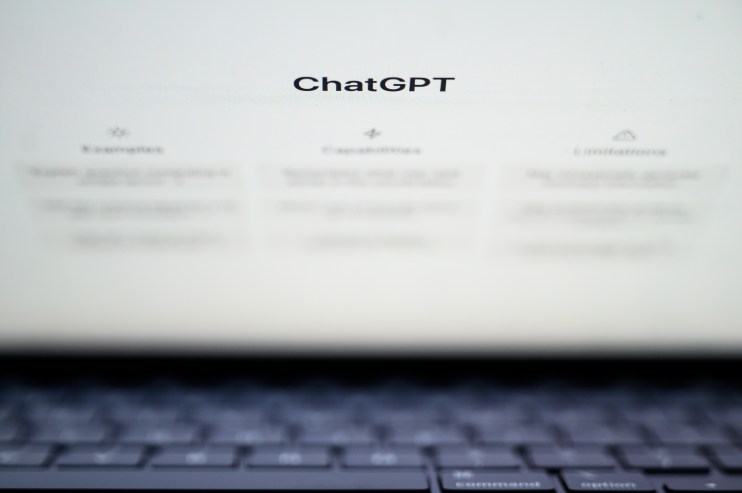Working from home? Your staff are probably relying on ChatGPT

Remote workers are secretly using AI – particularly ChatGPT – to gain an edge of their competitors and free up their time during the day. Eventually, we all will be, writes Eliza Filby
Like most professionals, Keeley, who works in PR, has settled into a new routine of hybrid working. She’s adamant that she’s more productive when she works from home. Not just because she prefers her own space, but because she’s free to call on some extra help in the form AI.
“It is easy when you work from home as no-one can see how you are getting your work done, just that you are. I’d say I’m about 20 per cent more productive,” she says. Her use of AI isn’t a complete secret – “My boss told me to play around with it” – but the extent to which she uses it may surprise her manager – “what she doesn’t know is that I am basically doing most of my work on it.”
Keeley is part of a growing number of covert AI users. She told me she started using ChatGPT when it first came out to help with bits and pieces of her work, but “now it’s my main workstation.” And how is Keeley spending the extra time she’s gained, without her boss knowing? “Oh, life-admin, exercise, my professional development, and yes, job-hunting”, she tells me, “plus I no longer feel as stressed or burnt out as I did a year ago.”
Before you dismiss this example as confined to PR, a survey in February this year by Fishbowl found that 70 per cent of workers are using ChatGPT at work and not telling their boss. As Ethan Mollick, associate professor of management at the University of Pennsylvania wrote, the power of AI in the workplace right now is your colleagues and manager not knowing you are using it. There are no incentives to share these hacks, rather it gives you a competitive advantage over your colleagues. This is probably true in the gig economy, too, where freelancers are charging a fixed rate for work that used to take days but now takes hours.
And it is not necessarily just the tech savvy who are taking advantage. AI tools are not as dependent on tech know-how as previous digital revolutions. Successful deployment is more dependent on your ability to critique, enhance and conceal the use of that technology. And with many companies banning the use of it, or many (for legitimate reasons) proving slow to embrace it, this is the stage we are at with the AI penetration in the workplace. Not that long ago all talk was of the inequality between those who are in the office and those who are not; is it now between those who can master AI and those who can’t?
And it will almost certainly be your young recruits who are using it most effectively, especially those who joined in the last six months. They probably used it in their last year of university and it probably had a hand in the job application they sent you. Telling them not to use it will be like telling them not to use Google or airbrush their photos.
This week ChatGPT will be a year old, and as we know with revolutions of any kind, they unfold in certain stages. We are most certainly in the secrecy and experimentation phase which has a very definite end point. Individuals who are savvy at using AI are at a serious advantage; but for how long? As soon as the productivity gains are realised, then the power balance swings the other way, and workers become vulnerable.
So what are companies to do in this extraordinary moment of experimentation? Mollick has suggested that firms should start incentivising workers (with more money or flexibility) to reveal their AI secrets. Bonuses could be attached not to productivity and results but how many of these results were AI driven, assuming the hacks are shared and explained. For now, Keeley and others are in a win-win situation; in the short term she is making herself more productive and improving her wellbeing. In the long term, by honing her AI skills, she is turning herself into a highly sought after worker. And she’s not going to stop using it just because you tell her to.